Scrolling through Pinterest the other day, I stumbled across an image that stopped me in my tracks. It was the Hundertwasser House in Vienna, Austria—a colorful, organic-looking building unlike anything I’d seen before. Naturally, I had to dive deeper into the life and work of the man behind this masterpiece: architect and artist Friedensreich Hundertwasser.
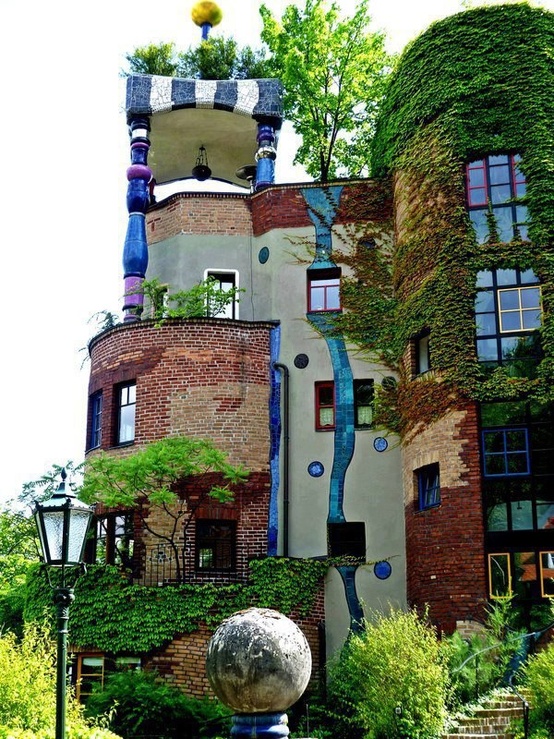
Who Was Friedensreich Hundertwasser?
Born Friedrich Stowasser in 1928, Hundertwasser lived a life as colorful and unconventional as his creations. He and his Jewish mother survived World War II by posing as Christians, an experience that profoundly shaped his worldview. Historians suggest that the rigid, militaristic “squares” of Nazi battalions influenced his later rejection of geometric conformity in architecture and art.
Hundertwasser was an outspoken critic of totalitarianism and uniformity, and his work reflects a vibrant, rebellious spirit. He believed deeply in individuality, environmental responsibility, and the idea that architecture should serve both people and the planet.
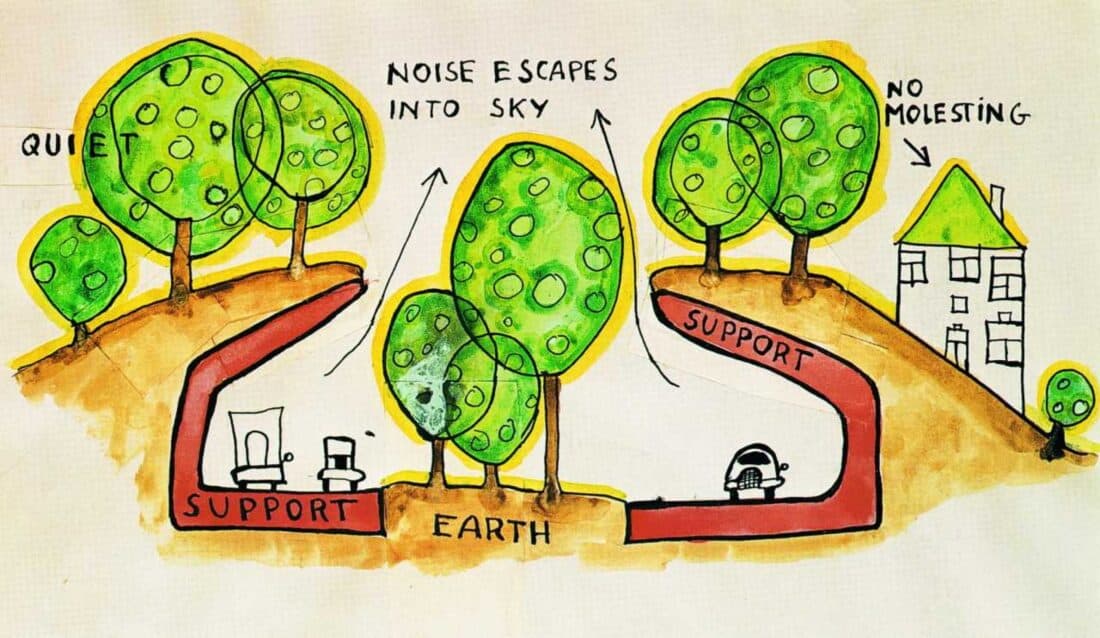
Hundertwasser’s Radical Design Philosophy
One of the most fascinating aspects of Hundertwasser’s work is the way his artistic vision intertwined with environmental and social principles. He famously opposed sterile, monotonous urban environments, advocating instead for buildings that celebrated life and nature.
His designs weren’t just visually striking—they were deeply functional and forward-thinking. For example, he once proposed an underground highway concept that would reduce noise pollution, maximize land use, and incorporate trees to filter harmful chemicals. These ideas feel strikingly modern, even decades later.
Environmental Activism and the Mould Manifesto
Hundertwasser wasn’t just about creating beautiful buildings. He was an environmental activist with a clear vision for sustainable urban living. His Mould Manifesto laid out two provocative principles:
- “Your Window Right”: He believed renters should have the freedom to personalize their living spaces, even painting or altering the exterior walls within reach of their windows. For Hundertwasser, this was a way to reclaim individuality in an increasingly standardized world.
- “Your Tree Duty”: Hundertwasser advocated for obligatory urban tree planting, envisioning cities where trees were integral to the built environment. He famously said, “If man walks in nature’s midst, then he is nature’s guest and must learn to behave as a well-brought-up guest.”
As someone who has never been a fan of rigid HOA rules, I find his stance on individuality and nature both inspiring and delightfully rebellious.
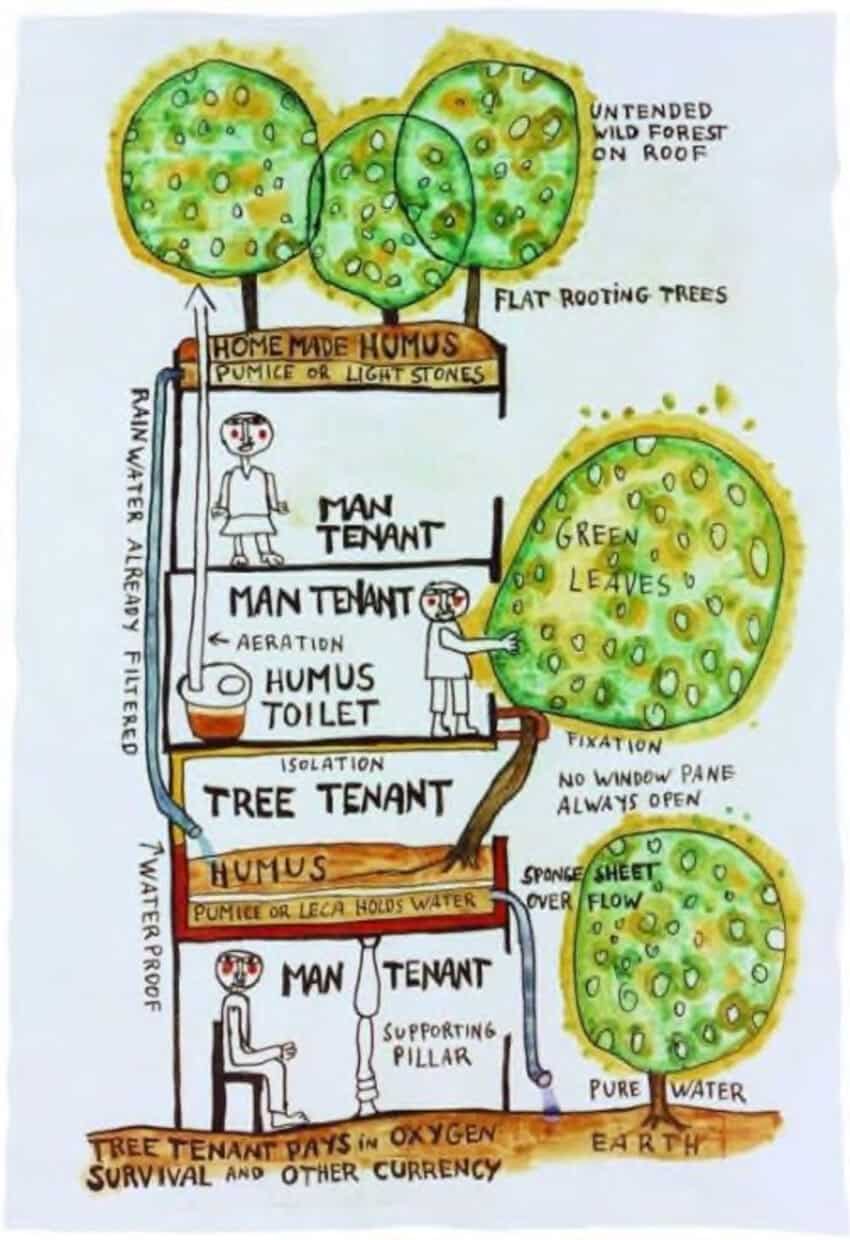
Are We Making Progress in Sustainable Design?
Hundertwasser’s work and ideas from the mid-20th century raise an important question: Are we truly making progress in sustainable design, or are we simply recycling old ideas?
On one hand, today’s trends—like vertical gardens, green roofs, and energy-efficient architecture—seem revolutionary. But learning that Hundertwasser was planting trees on buildings more than 50 years ago is both heartening and sobering. It’s a reminder that the seeds of today’s eco-conscious designs were sown long ago, and progress might not be as rapid as we’d like to believe.
What do you think? Are we moving forward, or are we just treading water in the fight for a more sustainable built environment?
– Rochelle

Why Hundertwasser Still Inspires
Hundertwasser’s work stands as a testament to the power of creativity and conviction. His belief in architecture as an extension of human individuality and harmony with nature feels just as urgent and relevant today as it did in his time.
Whether you’re an artist, designer, or someone who simply loves beautiful, meaningful spaces, Hundertwasser’s vision offers inspiration and a challenge: to reimagine how we live with nature, not apart from it.
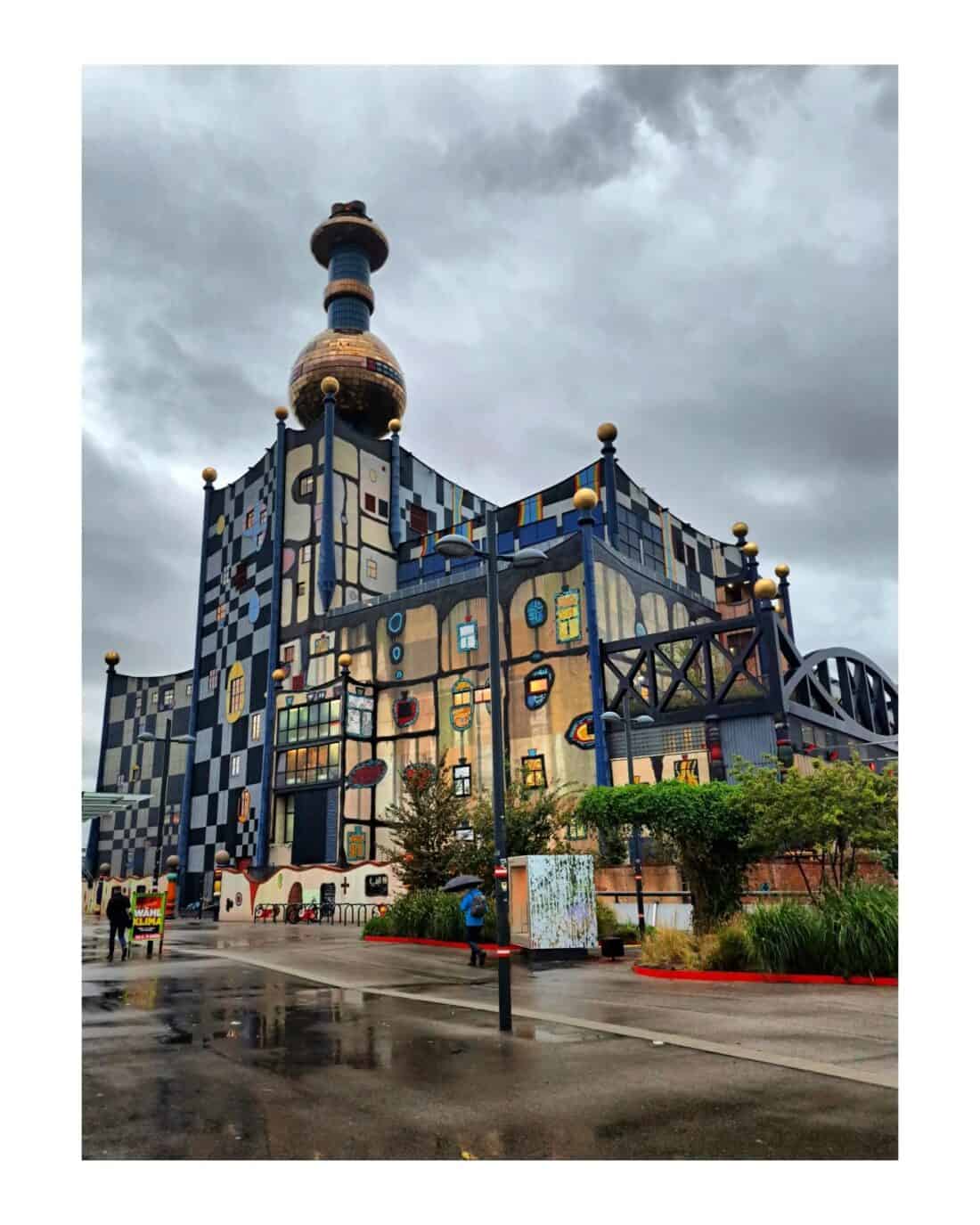
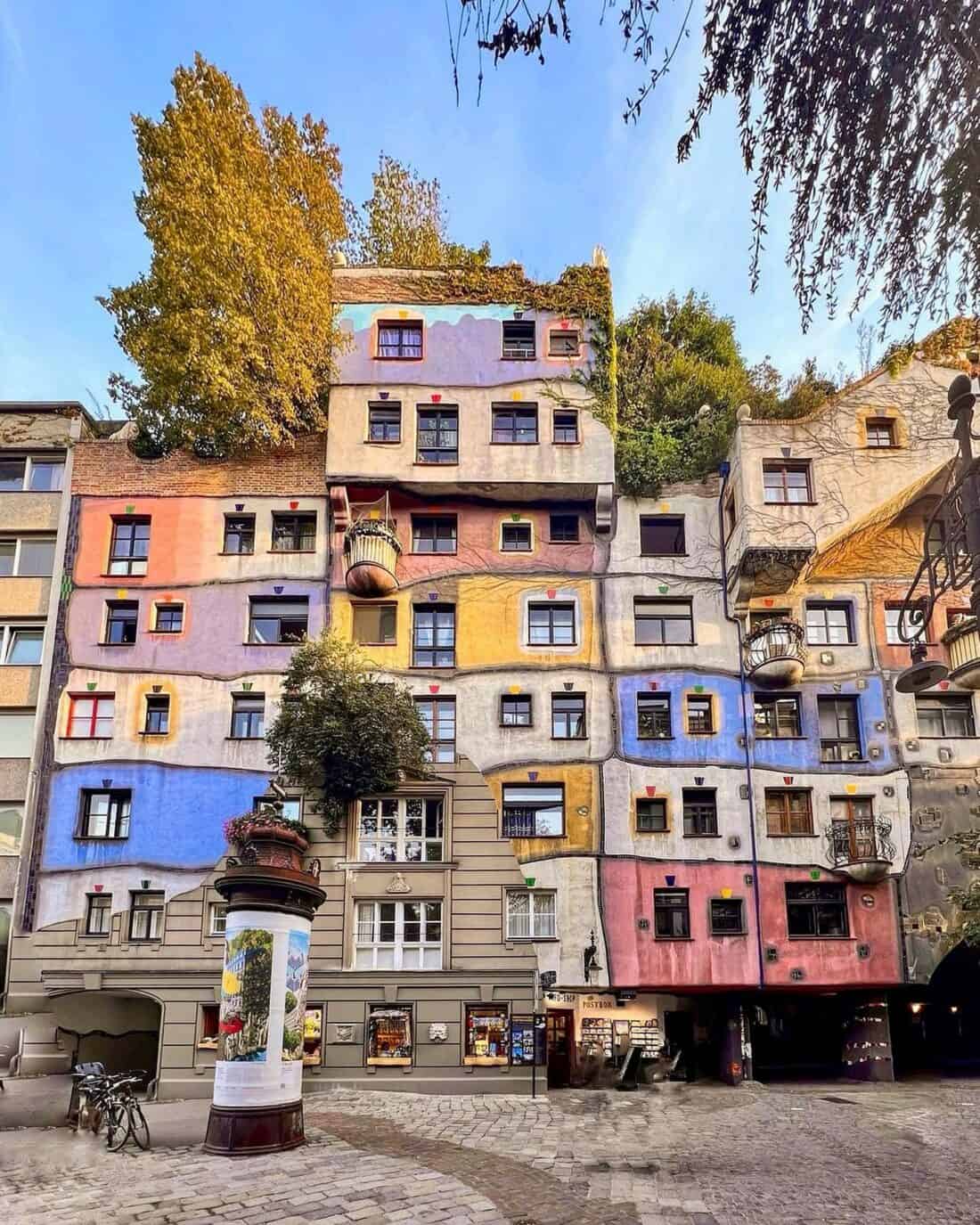
Resources and Credits
What are your thoughts on Hundertwasser’s approach to architecture and sustainability? Share your thoughts in the comments—I’d love to hear them!



